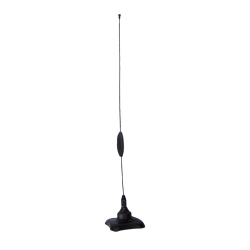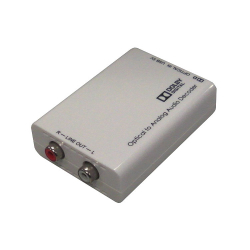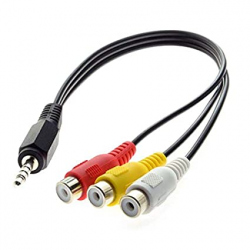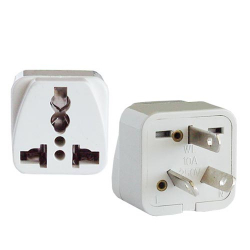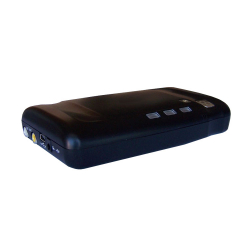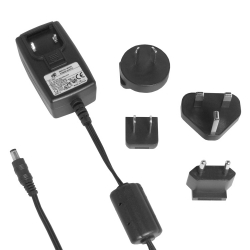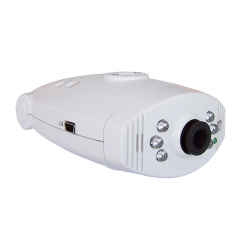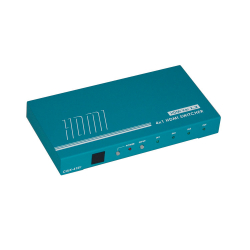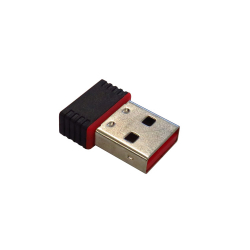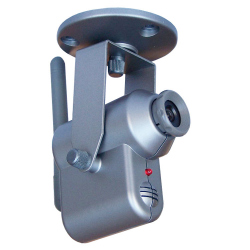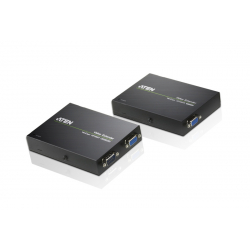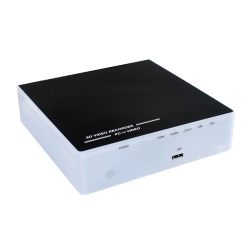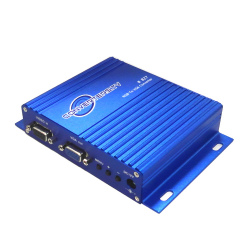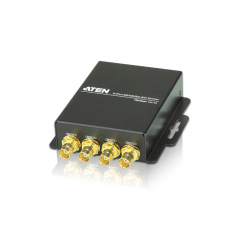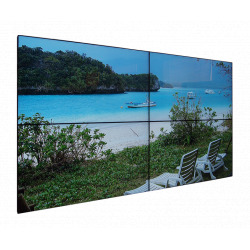A B C D E F G H I J K L M N O P Q R S T U V W X Y Z _
| Color Banding | A symptom of insufficient colour depth, colour banding occurs when a monitor is unable to render smooth colour gradients, and instead presents stripes or bands of colour, especially in very light or very dark areas of an image. While in 24 bit colour modes, 8 bits per channel should be enough to render images in the full visible spectrum, in some cases there is a risk of producing abrupt changes between shades of the same colour. For instance, displaying natural gradients (like sunsets, dawns or clear blue skies) can show minor banding. |
| Colour Depth | Colour depth (also known as bit depth), is a term describing the number of bits used to represent the colour of a single pixel. Greater colour depth gives a larger number of distinct colours, i.e. millions or billions of colours, allowing for smoother colour gradients. This concept is also known as bits per pixel (bpp), particularly when specified along with the number of bits used. See also Deep Colour |
| Comb Filter | In signal processing, a comb filter adds a delayed version of a signal to itself, causing constructive and destructive interference. Comb filtering is a digital process designed for the separation of Y and C from a composite video signal, based on 'combing' out the chrominance signal from the luminance. The frequency response of a comb filter consists of a series of regularly-spaced spikes, giving the appearance of a comb. |
| Component Video | Component video is a video signal that has been split into two or more components. When used without any other qualifications the term component video generally refers to analog YPbPr component video with sync on luma. Unlike Composite Video where all the video information is combined into a single line-level signal, Component Video is transmitted or stored as three separate signals. Component Video cables do not carry audio. |
| Composite Video | Composite Video is a video colour format where the video information is combined into a single channel. It is a composite of three source signals called Y, U and V (together referred to as YUV) with sync pulses. Y represents the brightness or luminance of the picture and includes synchronising pulses, so that by itself it could be displayed as a monochrome picture. U and V represent hue and saturation or chrominance; between them they carry the colour information. In typical home applications, the composite video signal is usually connected using an RCA Plug (usually represented by a yellow coloured plug, and often accompanied with red and white for right and left audio channels respectively).A BNC connector and higher quality coaxial cables are often used in more professional applications. |
| Computer Signal Formats | 4:3 aspect ratio resolutions QVGA: A video graphics resolution of 320x240 pixels. VGA: A video graphics resolution of 640x480 pixels. SVGA: A video graphics resolution of 800x600 pixels. XGA: A video graphics resolution of 1024x768 pixels. SXGA Plus: A video graphics resolution of 1400x1050 pixels. UXGA: A video graphics resolution of 1600x1200 pixels. QXGA: A video graphics resolution of 2048x1536 pixels. QSXGA Plus: A video graphics resolution of 2800x2100 pixels. QUXGA: A video graphics resolution of 3200x2400 pixels. WQUXGA: A video graphics resolution of 3840x2400 pixels. other aspect ratio resolutions (16:9, 5:4) WVGA: A video graphics resolution of 848x480 pixels. WXGA: A video graphics resolution of 1280x800 pixels. SXGA: A video graphics resolution of 1280x1024 pixels. WXGA Plus: A video graphics resolution of 1440x900 pixels. WSXGA Plus: A video graphics resolution of 1680x1050 pixels. WUXGA: A video graphics resolution of 1920x1200 pixels. QSXGA: A video graphics resolution of 2560x2048 pixels. WQSXGA: A video graphics resolution of 3200x2048 pixels. |
| CRT | The Cathode Ray Tube (CRT) is a vacuum tube which produces light when an electron beam hits its internal surface. An electron gun creates the electrons, and a high voltage source that accelerates them generates the electron beam. The CRT is used as a picture displaying tube in video monitors, TV sets, computer monitors and others. The CRT uses an evacuated glass envelope which is large, deep, heavy, and relatively fragile. Display technologies without these disadvantages such as flat plasma displays, LCD, DLP, and OLED have replaced CRTs in many applications and are becoming increasingly common as costs decline. |
| CGA | Color Graphics Adapter. CGA was IBM's first colour graphics card and the first colour computer display standard for the IBM PC. The highest resolution of any mode was 640×200 pixels, and the highest colour depth supported was 4-bit (16 colours). The CGA card was succeeded in the consumer space by IBM's Enhanced Graphics Adapter (EGA) card, which supports most of CGA's modes and adds an additional resolution (640×350) as well as a software-selectable palette of 16 colours out of 64 in both text and graphics modes. |
| Chrominance | Chrominance is the colour portion of a video signal. Often abbreviated to Chroma. Chrominance is separate to the other colour portion of a video signal - luminance (brightness). Chrominance tells the video display what colours to use and how much saturation (amount of pure colour) to use, while luminance gives the colours depth and contrast by adjusting the darkness and brightness of the image. |
